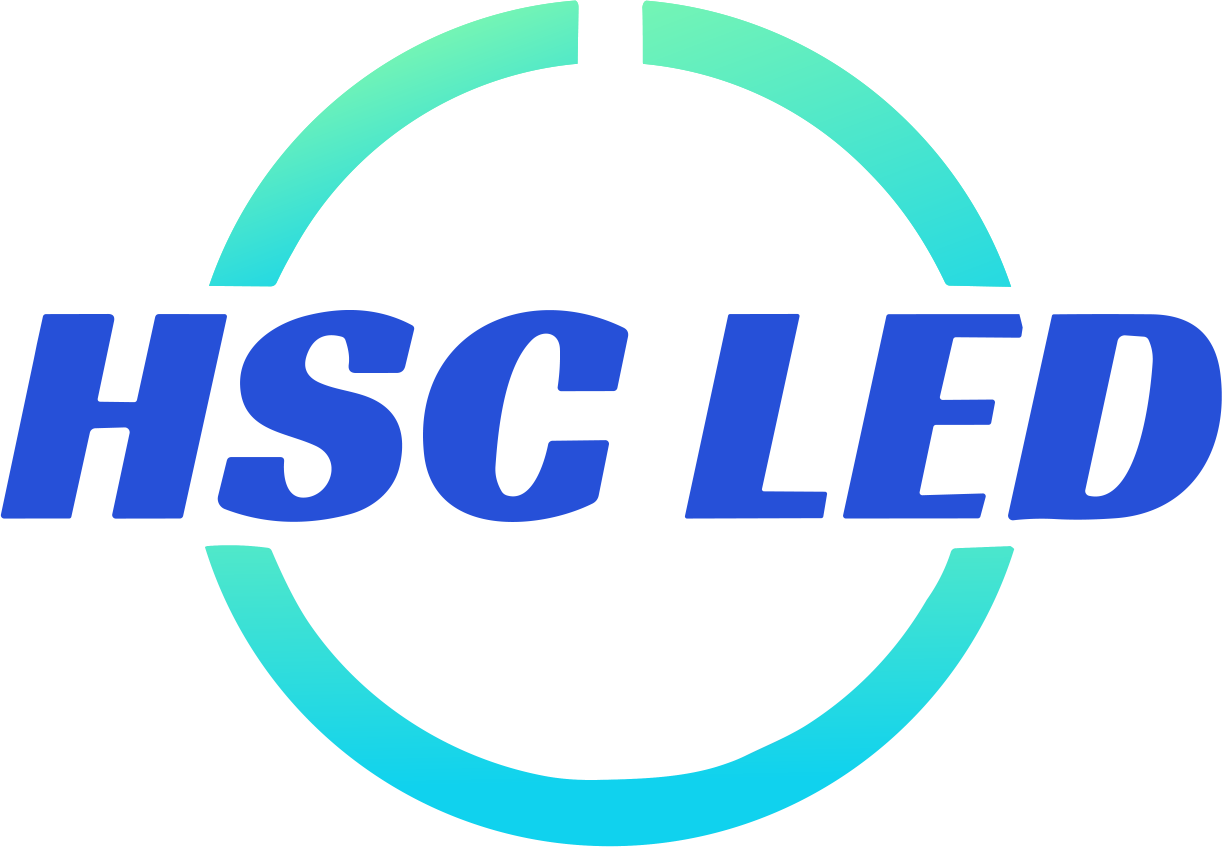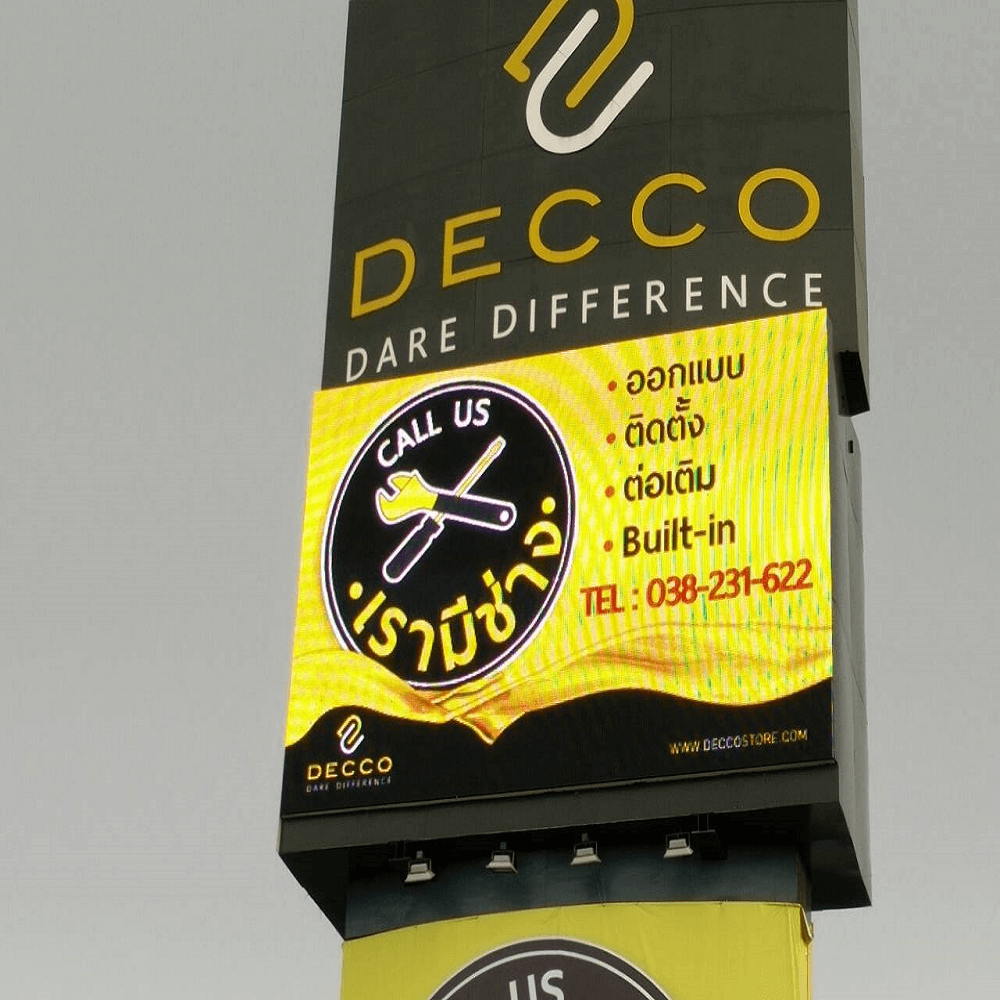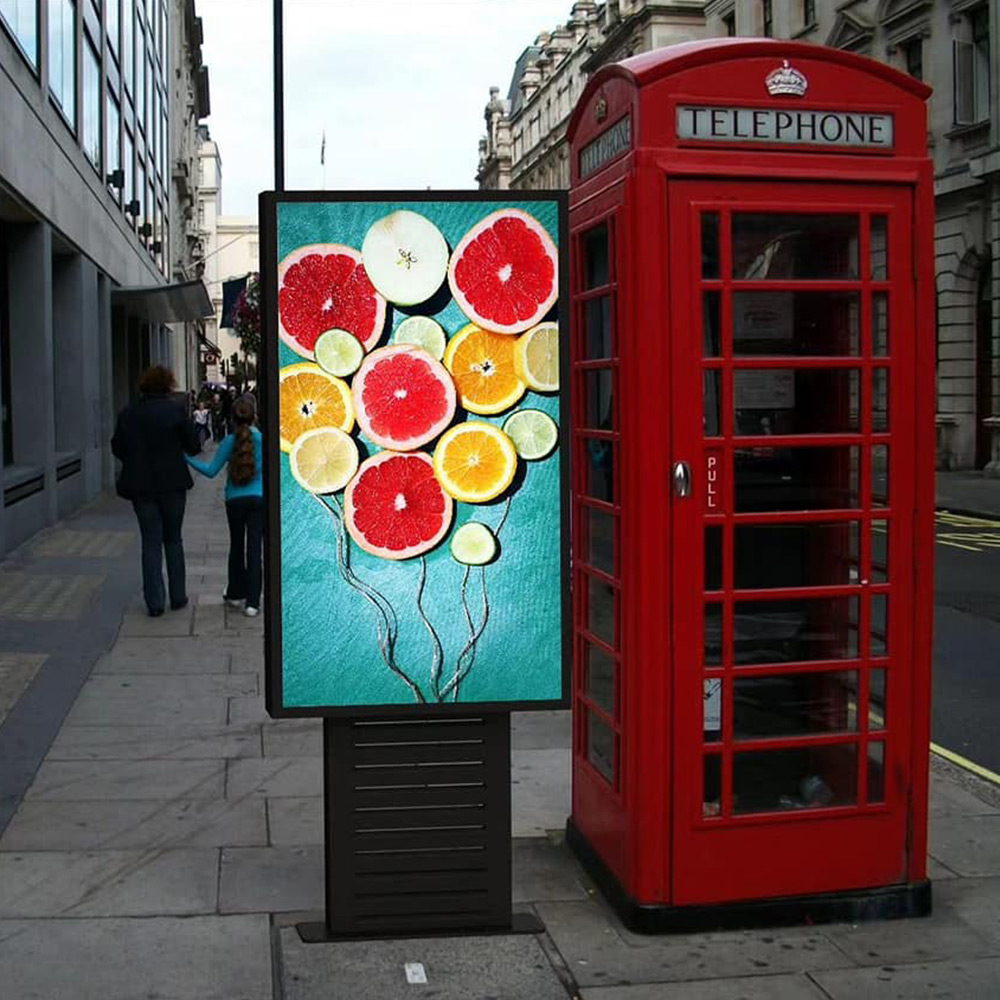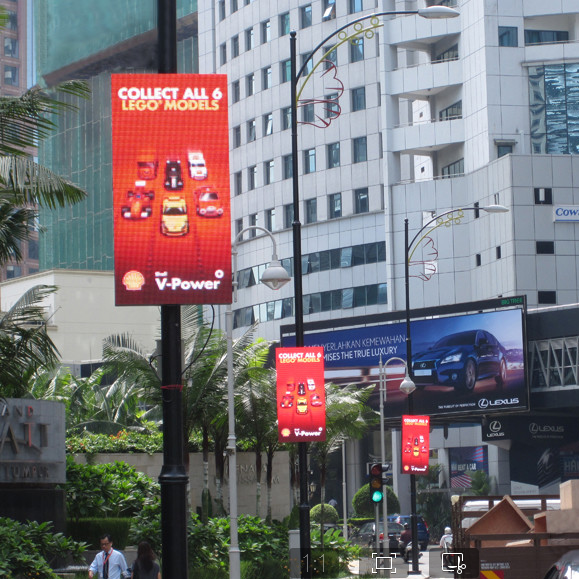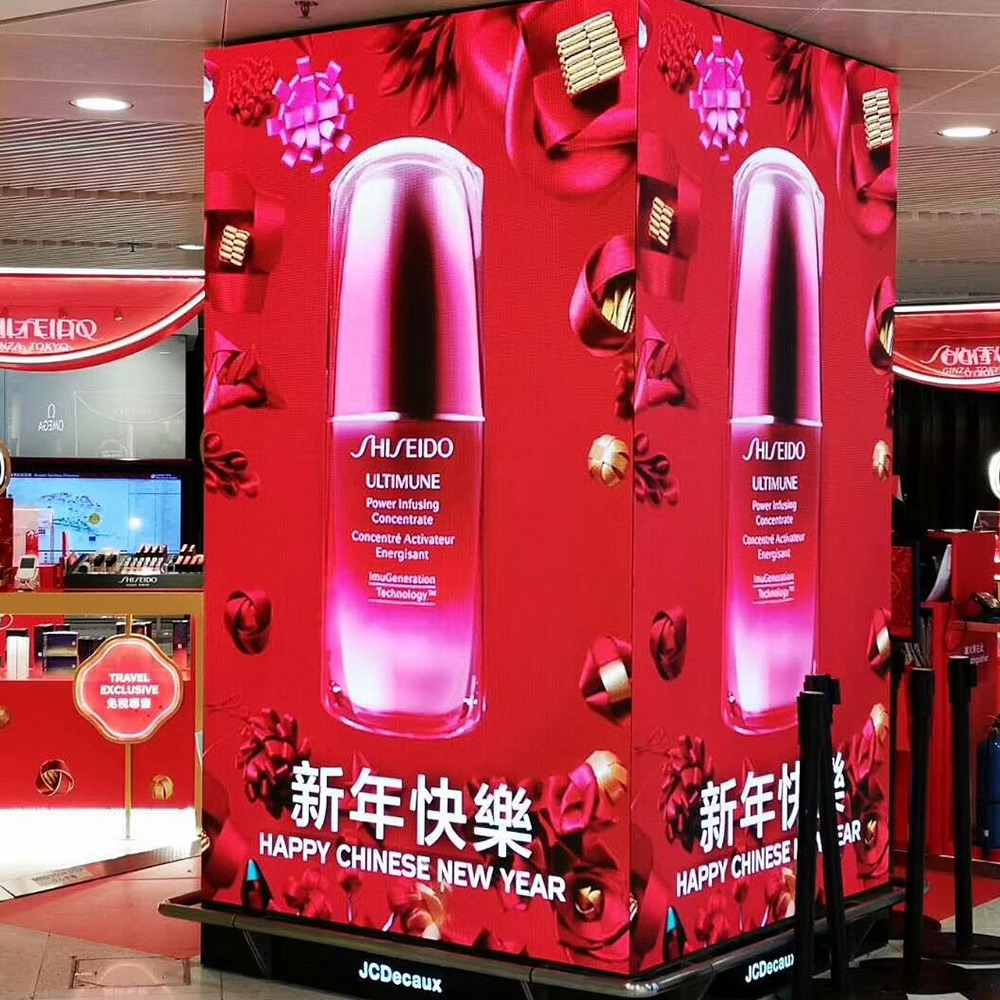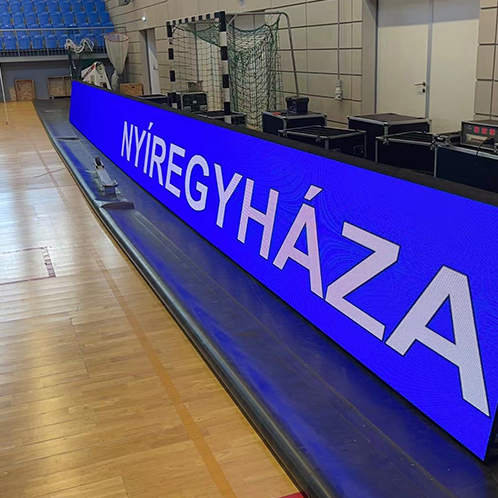News
Site Editor
 Site
https://hscled.cn08.wondercdn.com/uploads/image/68931a3c33409.png
As their popularity soars, it's essential to understand the mechanisms behind their function and the implications of their use in our daily lives.
Site
https://hscled.cn08.wondercdn.com/uploads/image/68931a3c33409.png
As their popularity soars, it's essential to understand the mechanisms behind their function and the implications of their use in our daily lives.
How Do Transparent LED Screens Work?
Views: 2934
Author: Site Editor
Publish Time: 2023-11-29
Origin: Site
Introduction
Imagine a display that looks like a piece of glass when turned off but comes alive with vibrant images when activated. This is the magic of transparent LED screens, an innovation that is redefining the boundaries between digital displays and clear surfaces. As their popularity soars, it's essential to understand the mechanisms behind their function and the implications of their use in our daily lives.
The Concept of Transparency in LED Technology
Traditional LED screens, with their opaque back panels, were once the pinnacle of display technology. However, the quest for more immersive and integrated displays led to the birth of transparent LED technology. Advancements in materials and diode miniaturization now allow these screens to be nearly invisible when not in use, offering a window into both the digital and the physical world.
Core Technology of Transparent LED Screens
Transparent LED screens are marvels of engineering, composed of LEDs embedded in a clear substrate, usually glass or acrylic. These LEDs are spaced out to create transparency, allowing light to pass through when they're not lit. The mechanics of light transmission are finely tuned to ensure that when the LEDs are active, they produce bright, crisp images that seem to float in mid-air.
Manufacturing Transparent LED Screens
Creating these screens involves precise manufacturing processes where the balance between transparency and display functionality is paramount. Substrate materials must be carefully selected and treated, and LEDs are embedded without the traditional opaque backing. Uniformity and clarity are critical, and achieving these at scale poses significant manufacturing challenges.
The Science of Image and Color Rendering
The key to image rendering on transparent LED screens lies in managing the balance between light, color, and transparency. Pixel pitch—the distance between the center of one pixel and the center of the next—becomes crucial in maintaining image clarity without disrupting transparency. This balance is also essential for color accuracy, ensuring that the displayed colors are vivid and true to life.
Design and Structural Innovations
Transparent LED screens offer unparalleled design flexibility. They can be integrated into building facades, vehicle windows, and even consumer electronics, transforming them into interactive displays. The technology also invites architectural innovations, allowing designers to incorporate digital elements seamlessly into physical spaces.
Advantages and Benefits
These screens are not just aesthetically pleasing; they offer practical benefits. They are more energy-efficient than their traditional counterparts as they can utilize natural light during the day. Furthermore, they can transform passive viewing experiences into interactive ones, engaging users in a whole new way.
Diverse Applications and Real-World Examples
From storefronts that double as dynamic advertisements to car windshields displaying navigation data, the applications for transparent LED screens are vast. They're also finding their way into entertainment, enhancing concerts and events with stunning visual effects, and into urban environments, where they can display public information without obstructing views.
Current Challenges and Technical Hurdles
Despite their promise, transparent LED screens face challenges. The balance between screen brightness and transparency requires careful calibration, especially in bright outdoor environments. There are also economic considerations, as the cost of these advanced displays can be prohibitive for widespread adoption.
Future Trajectory and Potential Developments
Looking ahead, the potential for transparent LED technology is vast. Research is steering towards even greater transparency and flexibility, while integration with augmented reality and the Internet of Things (IoT) is set to open new frontiers. These screens could become the standard in numerous industries, from advertising to automotive.
Conclusion
Transparent LED screens are not just a technological novelty; they are a testament to human ingenuity and a preview of a future where digital and physical realms merge seamlessly. As we continue to innovate and adopt these displays, we edge closer to a world where technology is not just a tool we use, but a part of the environment we live in.
